Abstract
Methods for controlling dental care expenditures are taking on greater importance with the rapid increase in prepaid dental plans. The use of regulatory systems to monitor provider performance are necessary to prevent gross over-utilization but are unlikely to result in net savings of more than five per cent of total gross premiums. Theoretically, prepaid group dental practice (PGDP) may reduce expenditures by changing the mix of services patients receive. The modest estimated savings and the small number of PGDPs presently in operation limit the importance of this alternative for the next five to ten years. If substantial reductions in dental expenditures are to be obtained, it will be necessary to limit dental insurance plans to cover only those services which have demonstrated cost-effectiveness in improving health for the majority of people. The concept that richer benefit plans may have small marginal effects on improving oral health may not be easy for the public to accept but, until they do, expenditures for dental care will be difficult to control.
Full text
PDF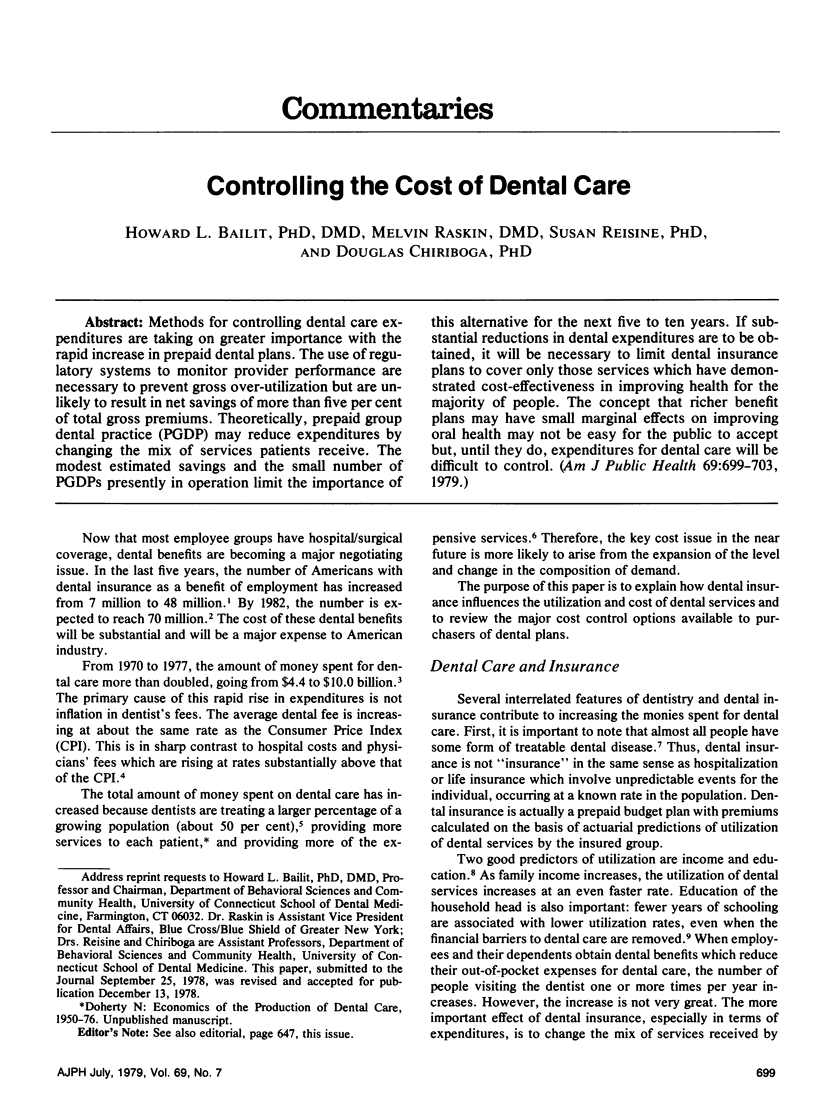
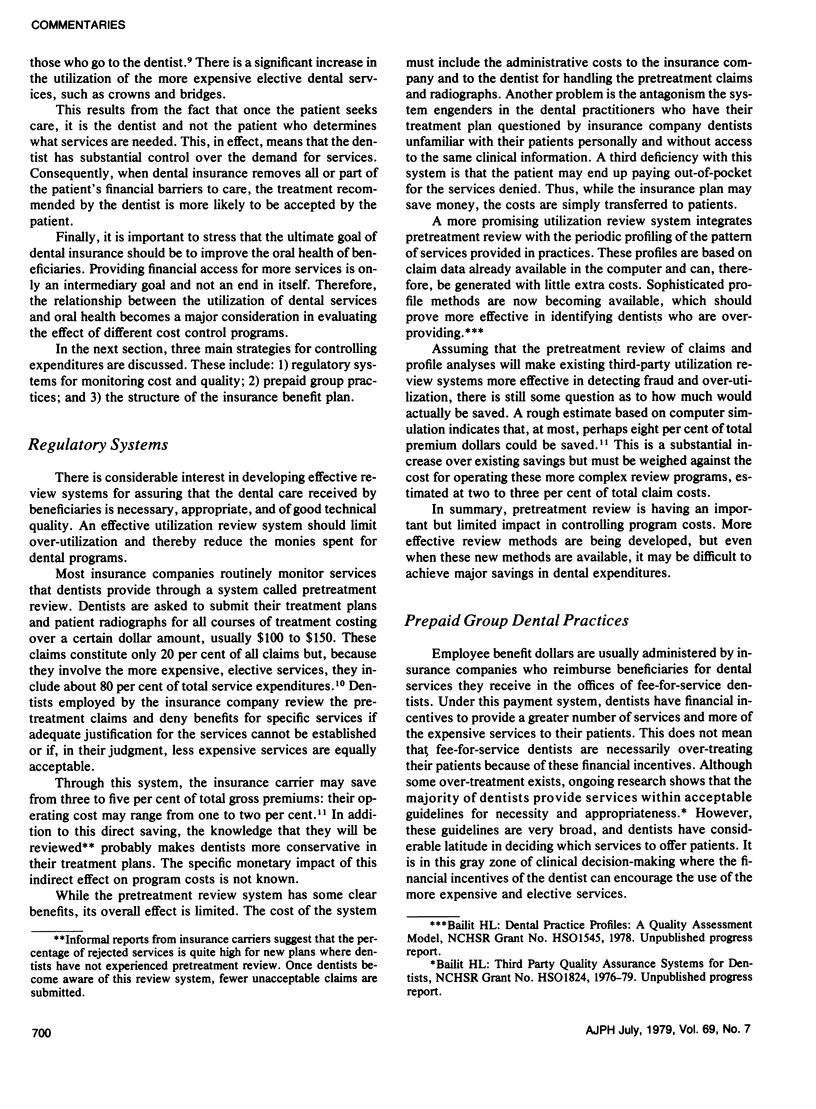
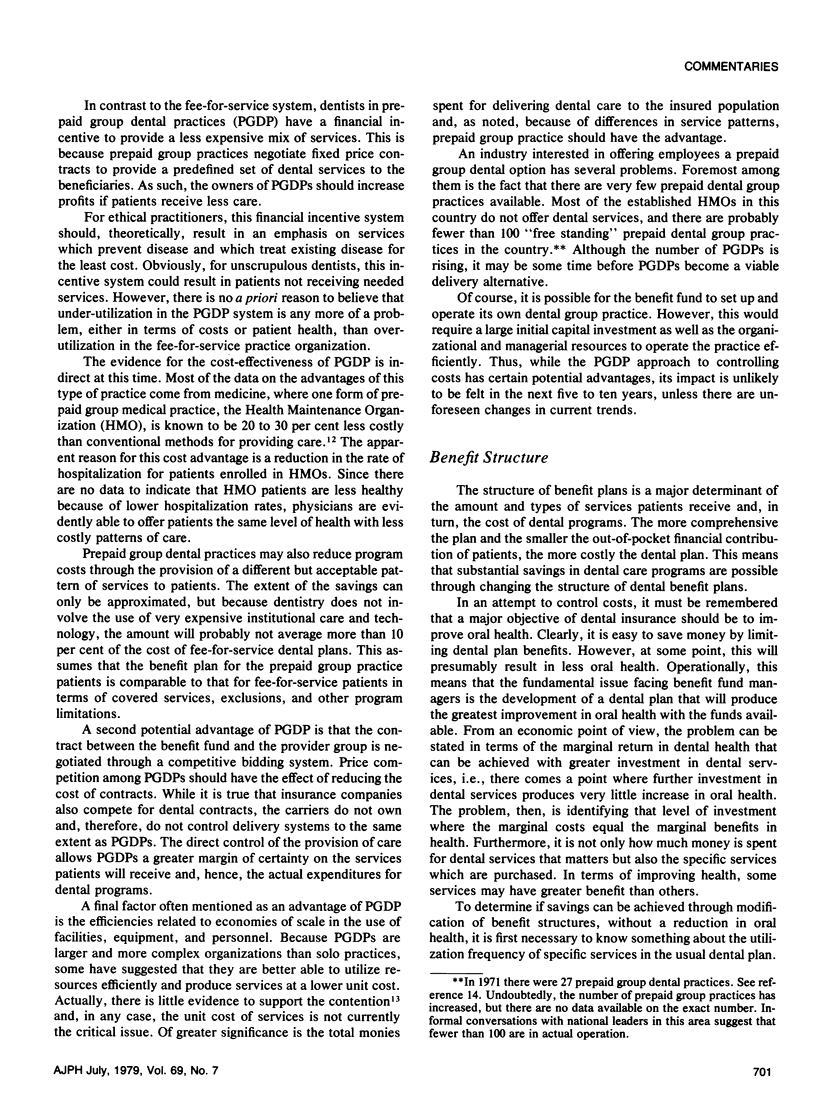
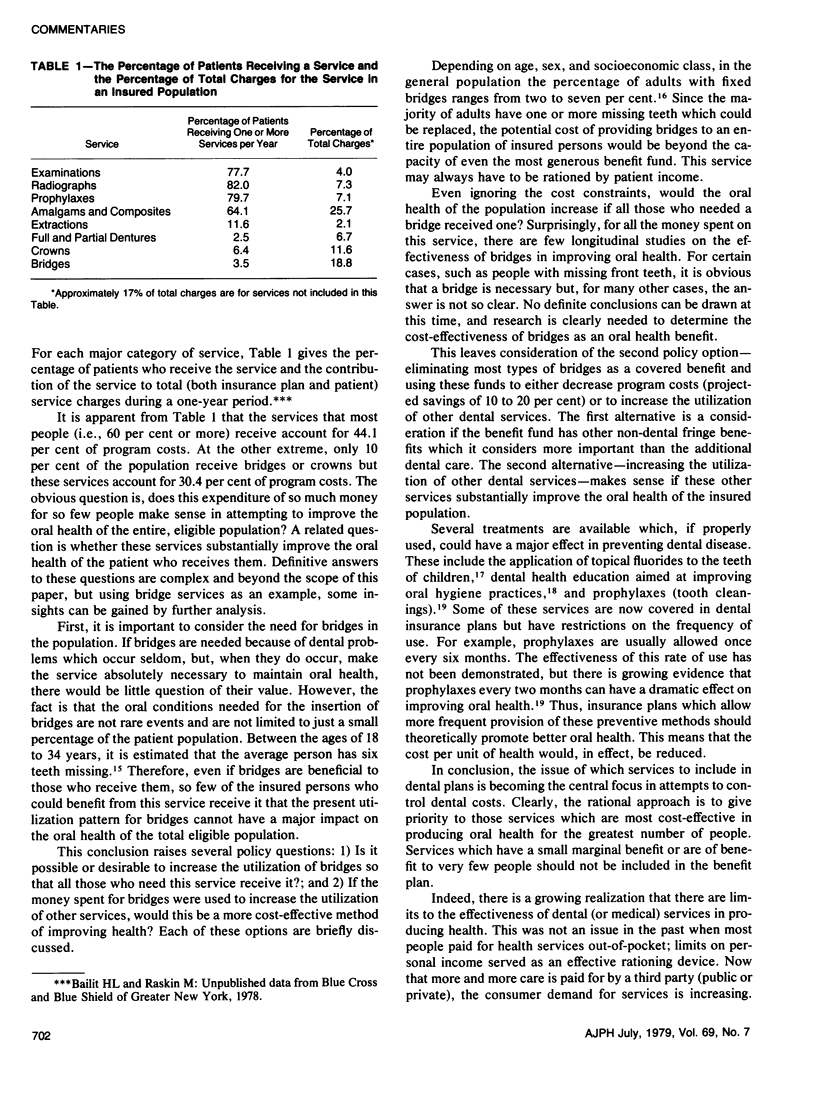
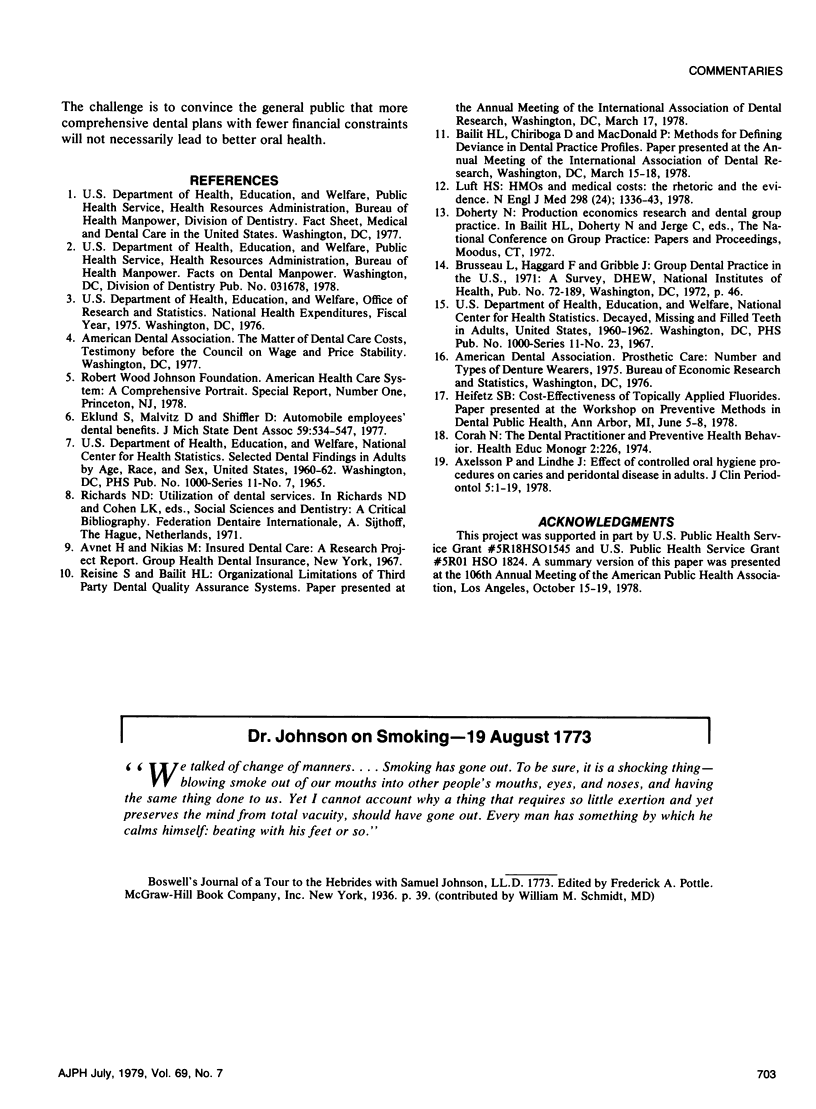
Selected References
These references are in PubMed. This may not be the complete list of references from this article.
- Emslie R. D. Some considerations on the role of cementum in periodontal disease. J Clin Periodontol. 1978 Feb;5(1):1–12. doi: 10.1111/j.1600-051x.1978.tb01901.x. [DOI] [PubMed] [Google Scholar]
- Luft H. S. How do health-maintenance organizations achieve their "savings"? N Engl J Med. 1978 Jun 15;298(24):1336–1343. doi: 10.1056/NEJM197806152982404. [DOI] [PubMed] [Google Scholar]


